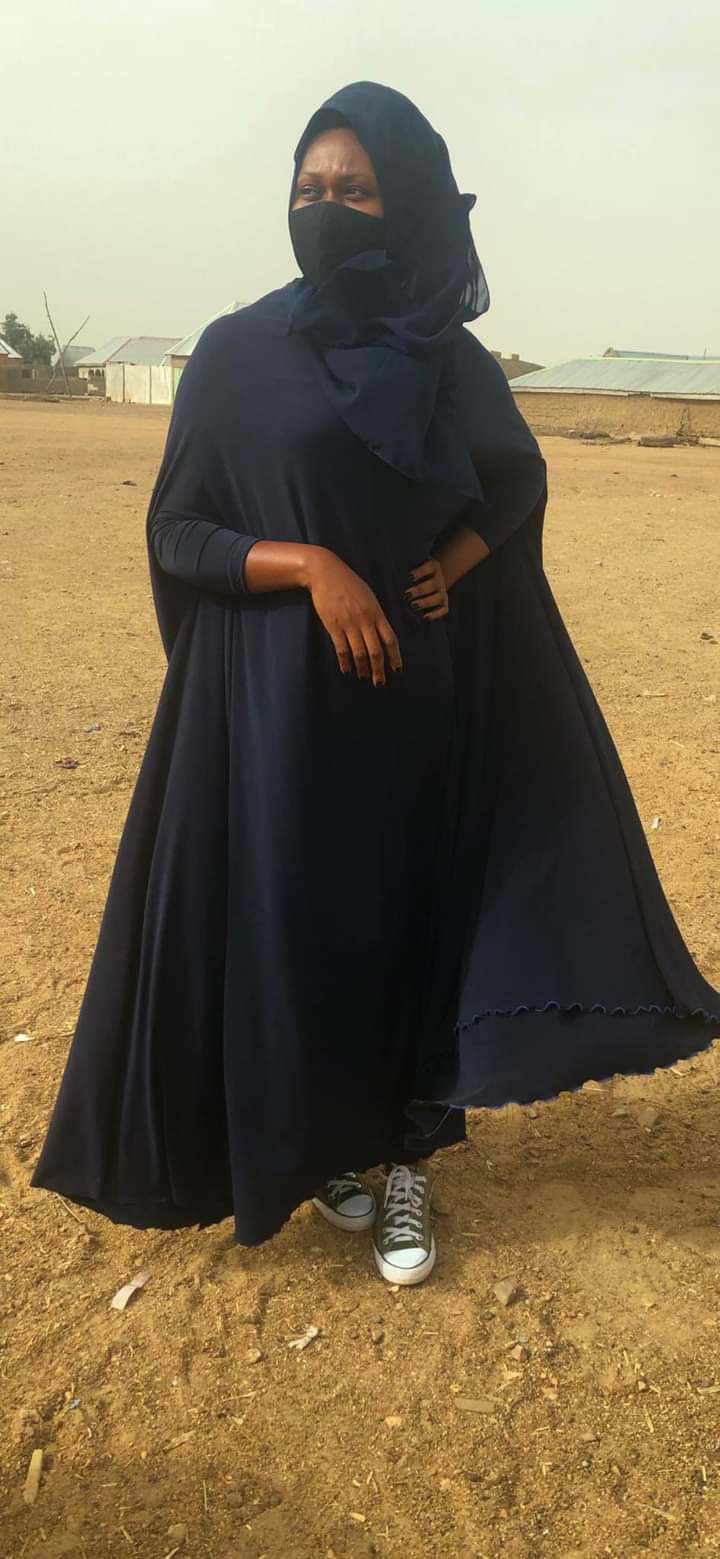Groundbreaking Workshop on AI and Technology-Facilitated Gender-Based Violence at AWiM24
Trending
Sunday May 25, 2025
Trending

Witnessing a seemingly peaceful gathering turn into chaos, people getting shot dead right before her eyes, sights of restless parents waiting for their abducted family members to return home, listening to agonising tales of traumatized victims tell their experiences, seeing emancipated underage children who have just been released by bandits or escaping being raped or shot on several occasions tells the story of Ms Amaka Okoye. She is a female journalist covering conflict and volatile areas in the Northern part of Nigeria where insecurity is rife.
It could also be the story of a female journalist covering conflict anywhere in the world especially in Africa where the welfare and safety of journalists is a big issue.
Female journalists face a lot of dangers on the job, especially when reporting in conflict and volatile environments. Their physical safety and mental health can be at high risk, and news outlets often don’t do enough to cater for their unique needs.
Before joining, Deutsche Welle as one of the west African correspondents, Amaka worked with Arise News, a Television broadcasting station in Nigeria where she traversed the Northern part of the country from December 2020 through 2021 actively reporting conflicts, crisis, cases of kidnapping and human angle stories of victims.
According to a 2020 report by UNESCO, journalism remains a dangerous profession: the threats faced by journalists are many and wide-ranging and television journalists constitute the largest group among the victims.
“Conflict reporting is one of the riskiest terrains. It’s true that no job is easy but there are some that are more demanding than others. Covering conflict is very demanding both mentally and physically.
“Sometimes you get into chaos where you need to run for your dear life. Sometimes it can be very traumatising depending on what you see, what you hear, the stories you cover, the people you interview, the reality that stares at you while you’re at work,” Amaka told AWiM News while narrating her experience as female conflict reporter.
However, her driving force in this dangerous road less traveled remains the fact that ‘competence is not gender-based.’
“I feel that if you’re passionate to do something and you’re called to do it, you’d find your way around it regardless of the perceived risk involved”.
“I don’t have a formula. I don’t wake up and say this is how were going to be cover Chibok when we get to Chibok. What works for me is the mindset that I’m going to do this and I’m going to deliver and tell the stories of these people who may not have access to the media except you go to them,” Amaka said.
Having experienced these challenges firsthand, Amaka at a point started sharing tips for female journalists covering conflict and volatile areas via her Twitter handle because to her, they are very crucial.

Below are some of the tips which she shared with AWiM News.
6.Always communicate with the people who sent you. For instance, when you’re going into a place without network you need to give them situation report and endeavour to call back when you get network to reduce the anxiety.
This article is part of African Women in Media (AWiM) Graduate Trainee Programme in collaboration with FOJO Media Institute
We’re not gonna spam. We’ll try at least.

Copyright 2020. African Women In Media
Copyright 2020. African Women In Media
Recent Comments